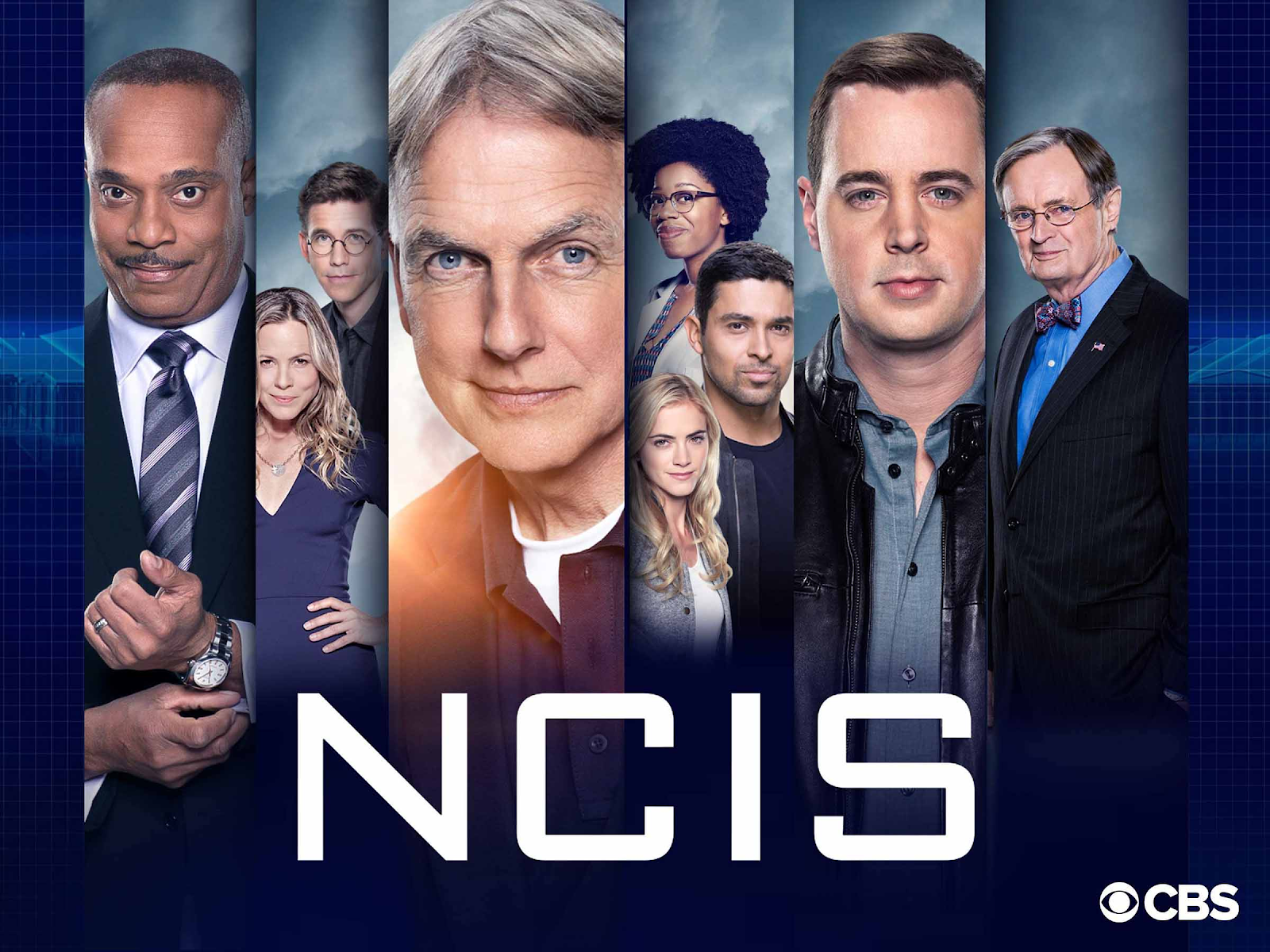War of the Worlds
Media Factsheet:
1) What is the history and narrative behind War of the Worlds?
H.G. Wells' 1898 novel of the same name was adapted into a radio play by Orson Welles in 1938. It describes an alien invasion and the subsequent struggle between a race of extraterrestrials from Mars and humanity.
2) When was it first broadcast and what is the popular myth regarding the reaction from the audience?
According to a common myth, when the broadcast of the live event took place on October 30, 1938, thousands of New Yorkers fled their houses in fear, and people from all across America flocked to the streets to see the actual space combat between Earth and the Martians for themselves.
3) How did the New York Times report the reaction the next day?
The nation-wide excitement it had sparked was celebrated in the morning newspapers the next day. The New York Times ran a headline that said, "Radio Listeners in Panic, Taking War Drama as Fact."
4) How did author Brad Schwartz describe the the broadcast and its reaction?
In his 2015 book, 'Broadcast Hysteria: Orson Welles's War of the Worlds and the Art of Fake News,' author Brad Schwartz makes the case that the hysteria it sparked was not wholly a hoax. Instead, it was the first viral-media phenomenon in history, which was decades ahead of its time. According to his argument, "the stories of those whom the show frightened offer a fascinating window onto how users engage with media content, spreading and reinterpreting it to suit their own world views."
5) Why did Orson Welles use hybrid genres and pastiche and what effect might it have had on the audience?
He is able to produce genuine moments of shock and awe by appropriating radio newscast tropes, which probably certainly explains the great response it garnered.
6) How did world events in 1938 affect the way audiences interpreted the show?
Many people were concerned about Europe's failed appeasement of Germany and believed that another world war was inescapable. Both radio networks at the time, including CBS, routinely interrupted shows to broadcast news bulletins with updates on the situation in Europe. Because of this, audiences got used to the interruptions and were more amenable to Welles' fake newscasts at the start of the play.
7) Which company broadcast War of the Worlds in 1938?
CBS
8) Why might the newspaper industry have deliberately exaggerated the response to the broadcast?
"How did the tale of the terrified listeners start? Accuse the American press. During the Great Depression, radio had taken advertising dollars away from print, severely harming the newspaper sector. So, taking advantage of Welles' presentation, the newspapers attempted to undermine radio as a news source. To show advertisers and regulators that radio management was careless and not to be trusted, the newspaper industry exaggerated the fear.
9) Does War of the Worlds provide evidence to support the Frankfurt School's Hypodermic Needle theory?
The social and political climate of the moment, for example, may have had an impact on individuals who 'bought into' the idea of an invasion, as has been noted. It wasn't inconceivable to think that a foreign nation was occupying American territory in 1938.
10) How might Gerbner's cultivation theory be applied to the broadcast?
According to cultivation theory, which is based on studies into television viewing, people who watch television frequently are more sensitive to media messages and the idea that they are genuine. It is believed that people who watch a lot of television are 'cultivating' attitudes that seem to think the world portrayed on television is an accurate representation of reality. It may be claimed that an audience for War of the Worlds that was accustomed to the numerous radio programme interruptions in the weeks before the broadcast did not suspect the fake invasion broadcasts during Welles' production.
11) Applying Hall's Reception Theory, what could be the preferred and oppositional readings of the original broadcast?
"The interpretation that the audience gravitates towards or finds most compelling is the one that the text's author intended. Nevertheless, a person may interpret it in an opposing manner depending on a variety of circumstances, including their age, gender, or history. For instance, a young male is likely to'read' page three of The Sun as a little harmless fun (the favoured reading), but a female may find it offensive. Hall also believes that several interpretations of a media text could be made. This is a modification of the preferred reading that takes into account the viewpoint, experiences, and interests of the audience.
12) Do media products still retain the ability to fool audiences as it is suggested War of the Worlds did in 1938? Has the digital media landscape changed this?
"The Blair Witch Project, a low-budget movie made by two young filmmakers in the late 1990s, was inspired by Orson Welles' 1938 broadcast. The documentary about the Blair Witch, which was purportedly made up 'found video' filmed by three student filmmakers who vanish while filming, aroused controversy among viewers as to whether the footage was indeed real.
Analysis and opinion:
2) War of the Worlds feels like a 1938 version of 'fake news'. But which is the greater example of fake news - Orson Welles's use of radio conventions to create realism or the newspapers exaggerating the audience reaction to discredit radio?
3) Do you agree with the Frankfurt School's Hypodermic Needle theory? If not, was there a point in history audiences were more susceptible to believing anything they saw or heard in the media?
4) Has the digital media age made the Hypodermic Needle model more or less relevant? Why?
5) Do you agree with George Gerbner's Cultivation theory - that suggests exposure to the media has a gradual but significant effect on audience's views and beliefs? Give examples to support your argument.
6) Is Gerbner's Cultivation theory more or less valid today than it would have been in 1938? Why?

Comments
Post a Comment